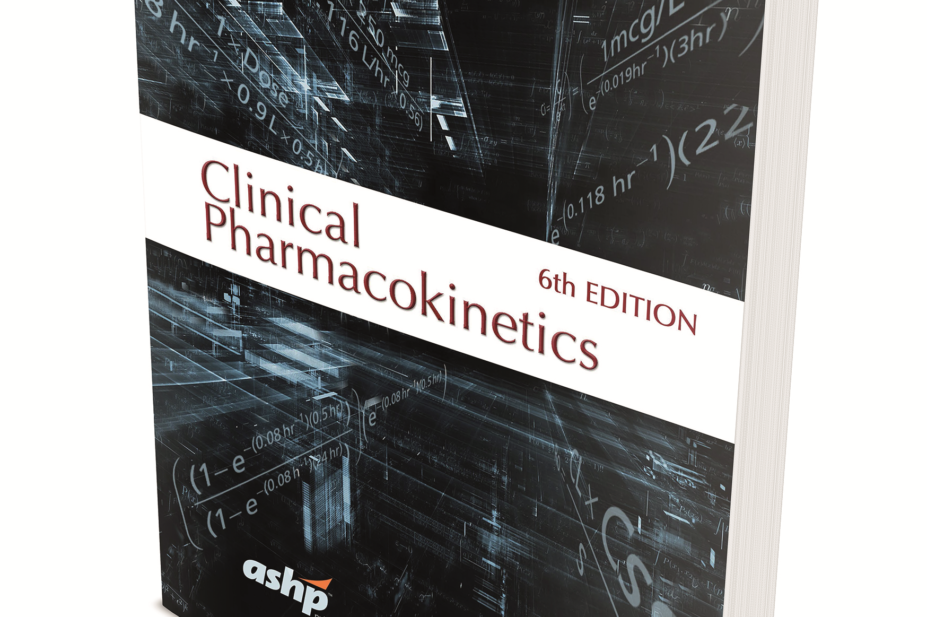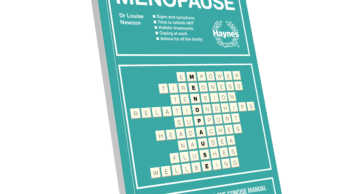
This book was originally written to help practitioners predict drug doses to achieve target drug concentrations from doses administered to patients. Important chapters have been added over the years, including: rational use of drug concentration measurements; dosing in overweight and obese patients; dosing considerations for a wider variety of drugs used in neonatal, paediatric and geriatric patients; drug dosing in renal disease and creatinine clearance estimation have been added over the years. The book offers information for medicines that require an understanding of individual patients’ probable or actual drug concentrations to achieve medication effectiveness and safety.
In this expanded 6th edition, authors have taken advantage of advances in knowledge to update the chapters. In many cases, more judicious monitoring of drug concentrations is suggested compared with the earlier editions. In some cases, the dosing approaches are radically different and, in others, new prediction approaches are available that have been tested in larger numbers of patients. Many chapters have been updated to take into account emerging pharmacogenetics knowledge.
Pharmacogenomic issues are increasingly important in decisions about drug dosing or which patients should receive certain drugs. A new chapter has been added to help interpret issues related to applying pharmacogenomics to drug dosing.
General pharmacokinetic principles are discussed in the introductory chapter, including the reasons why some drug concentration measurements fall outside the expected range of population estimates. This chapter also includes a glossary of pharmacokinetic terms, selected pharmacokinetic symbols and a series of pharmacokinetic equations.
The main chapters are devoted to those drugs that require careful monitoring, such as aminoglycosides, antiepileptics, antidepressants, antirejection agents, carbamazepine, ethosuximide, digoxin, lithium, heparin, warfarin and several others.
Typically, each chapter includes the usual dose range, the bioavailability of the dose forms, general pharmacokinetic information (absorption, distribution, elimination, metabolism, protein binding), clearance, volume of distribution, half-life and time to steady state, therapeutic range, dosing strategies, sampling times, pharmacodynamic monitoring, drug-drug interactions, pharmacodynamic interactions, drug-disease interactions and references. A large number of references are cited at the end of each chapter.
Chapter authors represent a broad range of pharmacy practice, including those in clinical practice, academia and in medical departments of pharmaceutical companies.
This book shows practitioners and students how to apply pharmacokinetic principles to drug therapy in day-to-day practice. It is an excellent reference source, offering practitioners the key principles in pharmacokinetics and the application of these principles in drug therapy. Because the tables cover both international and traditional units for drugs and laboratory tests, the book can be used across the world. All who work in this area of practice should find this excellent book of great value.
Laurence A Goldberg
References
Clinical pharmacokinetics, 6th edition, edited by John E Murphy. Pp xxv+452. Price $99. Maryland: American Society of Health-System Pharmacists; 2017. ISBN 978 1 58528 236 5 eBook Price $89. eISBN 978 1 58528 537 2


